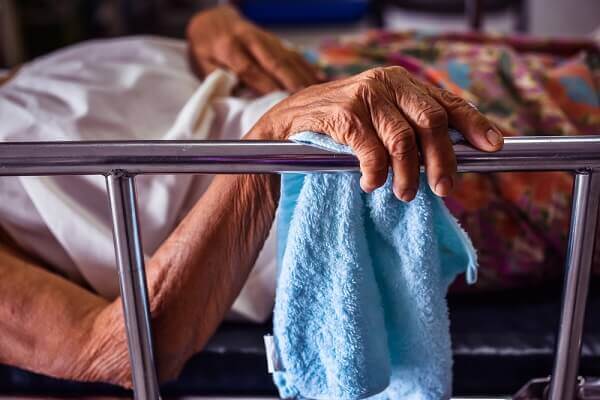NY Nursing Home Malnutrition and Neglect Attorneys

In recent years, malnutrition in the nursing home has become increasingly recognized as a major health problem, due in part to the expanding geriatric populations in New York and across the nation, and to its serious consequences. According to a report released by the Commonwealth Fund, at least one-third of all nursing home residents in the U.S. may suffer from malnutrition or dehydration. Malnutrition is itself a serious condition, but it also leads to other health problems, such as broken bones, anemia, low blood pressure and – in some cases – even death.
In spite of federal requirements that all nursing homes provide for their residents’ nutritional needs, all too many nursing home residents are underfed. As many as 50 percent of all nursing home residents are underweight. What are some of the keys to recognizing malnutrition in your loved one?
Signs and Symptoms of Malnutrition
Healthcare experts point to a number of signs and symptoms that an elderly person isn’t receiving enough nutrients. They include:
- Anemia
- Fatigue
- Loss of appetite or interest in eating at mealtimes
- Dry skin
- Dull, dry hair and/or hair loss
- Changes in the way the resident’s dentures fit
- Skin breakdown/pressure wounds
- Confusion on the part of the resident
Factors that Predict Inadequate Food Intake
A number of factors are recognized as predictors of inadequate food intake for elderly residents at nursing homes. They include:
- Lack of visits by family members
- Dementia (studies show that almost one-half of all residents with dementia have difficulties with swallowing)
- Difficulty with eating in general (e.g., tooth and denture issues)
- Being female
- Age (the older the patient, the more likely malnutrition will be a factor)
- Lack of feeding assistance by caregivers at the facility
Structural Factors Make Matters Worse
National studies show that inadequate staffing, a general lack of individualized care, high rates of turnover among nurse aides, and other structural factors within the nursing home setting contribute to the malnutrition problem. For example, at many nursing homes, one certified nursing assistant (CNA) must typically assist as many as nine residents with eating and drinking during daylight hours, and as many as 15 during the evening meal. The ideal ratio is one CNA for every two or three residents that require eating assistance. Other structural factors include:
- High staff turnover: Some estimate the annual turnover rate to be greater than 9 out of 10 CNAs.
- Limited food offerings for nursing home residents: Particularly problematic is the fact that in most nursing home settings, cultural and ethnic food preferences are frequently ignored. The resident has eaten one type of food for, say, 80 years and the nursing home staff expects the resident to adjust to new, less flavorful food immediately.
Nursing Home Malnutrition: A Silent Epidemic
Malnutrition, dehydration, and weight loss in nursing homes has been called the largest silent epidemic in the country. That is a sad reality, particularly since it need not be the case. Has an elderly family member suffered due to malnutrition or dehydration while living in a nursing home? If you suspect any sort of elder abuse, you owe it to your loved one – and to other elderly patients – to bring the issue to justice. The attorneys at E. Stewart Jones Hacker Murphy have the judgment and experience to handle your nursing home abuse case. We have the skill, resources, and tenacity to take your case to trial, if necessary.
We are one of the most highly respected law firms in upstate New York and the Capital District. We have been representing clients for more than 125 years; our law practice has stood the test of time. Make the right call. Call us now at (518) 730-4723 or complete our online form. The E. Stewart Jones Hacker Murphy law firm has an attorney available to assist clients 24 hours a day, seven days a week, 365 days a year – even on holidays.
